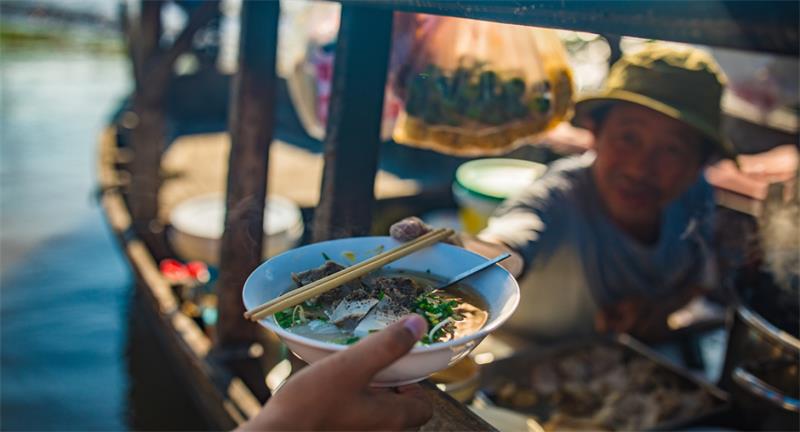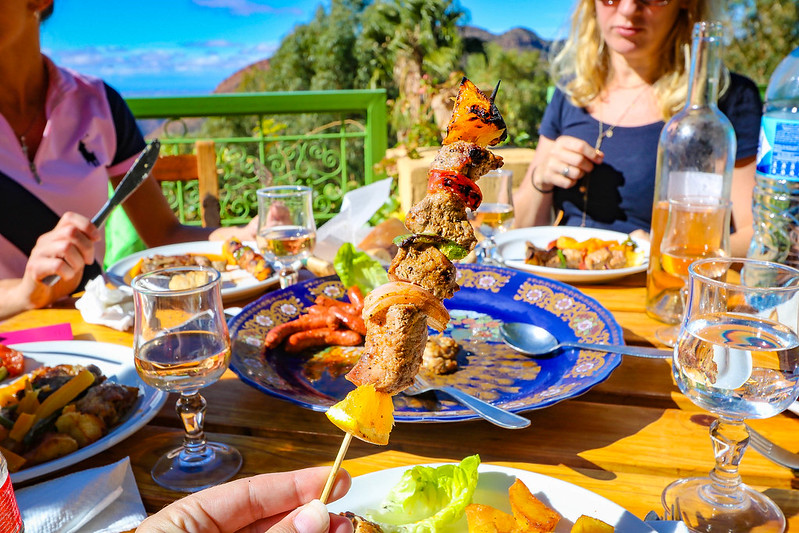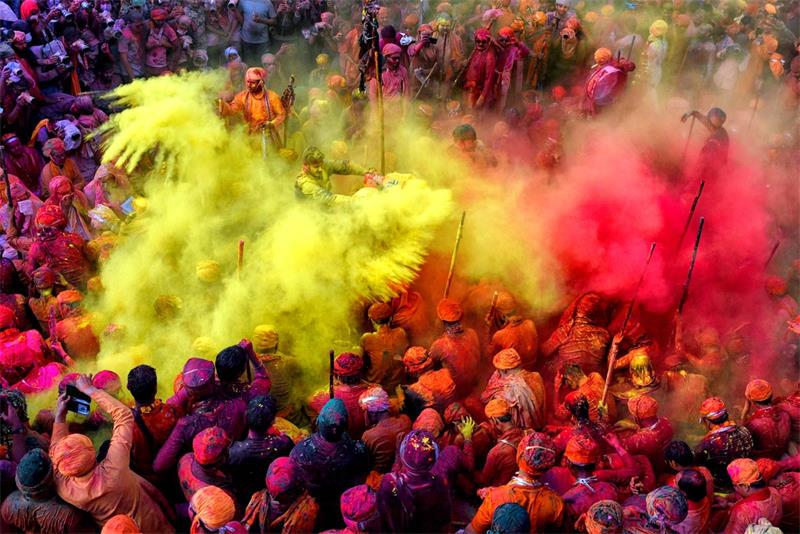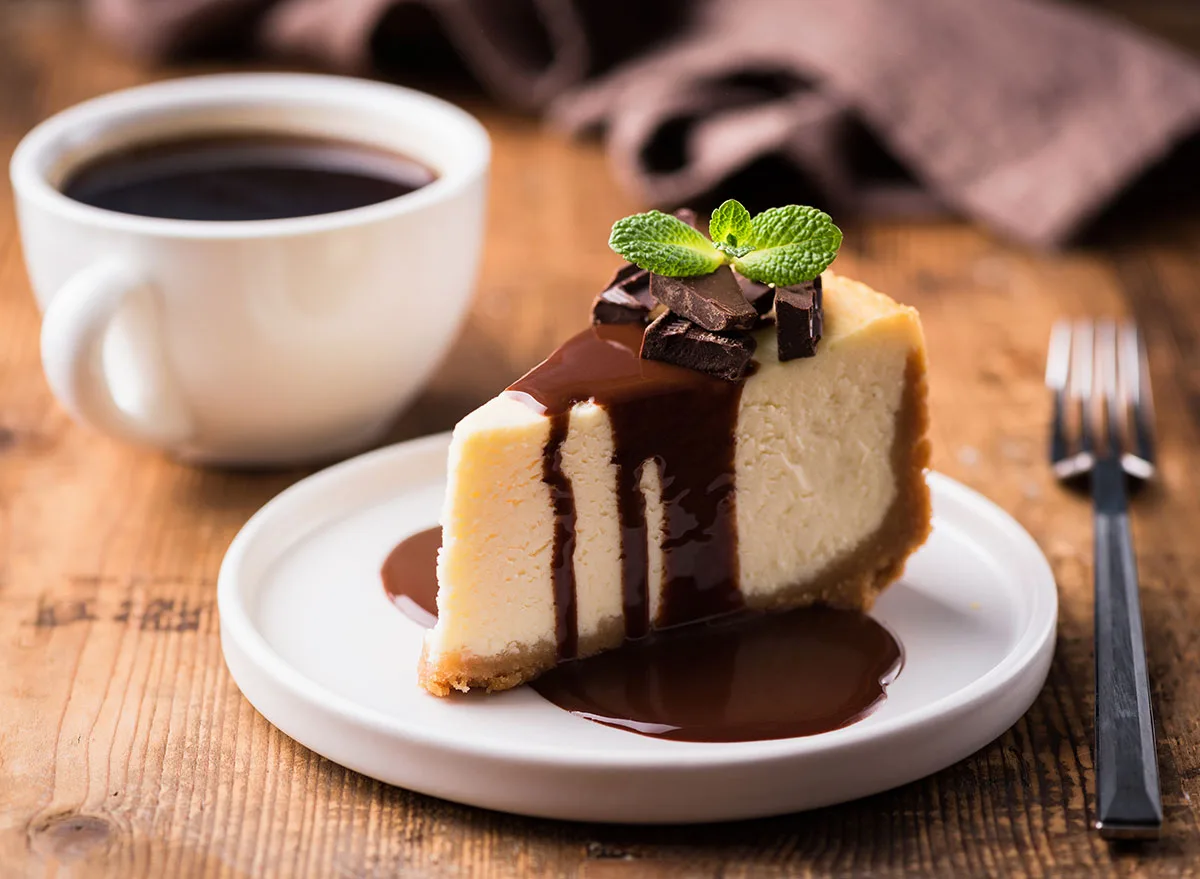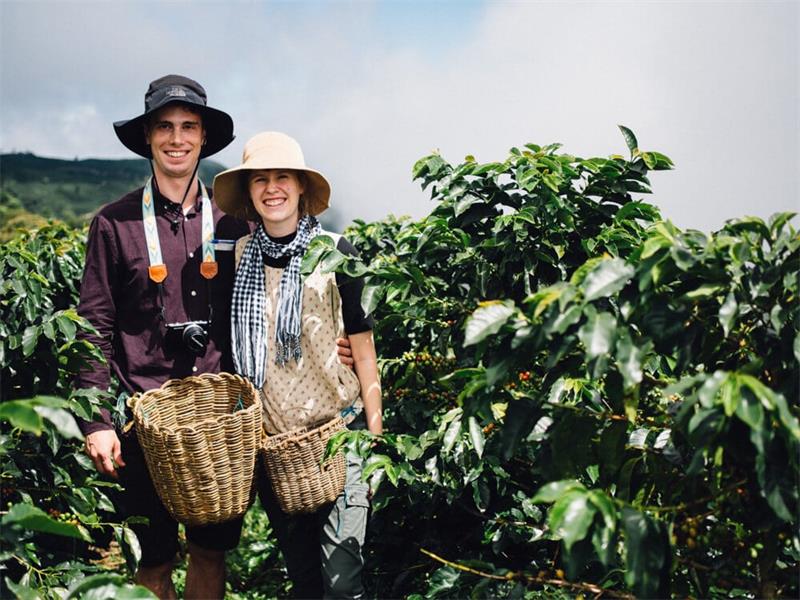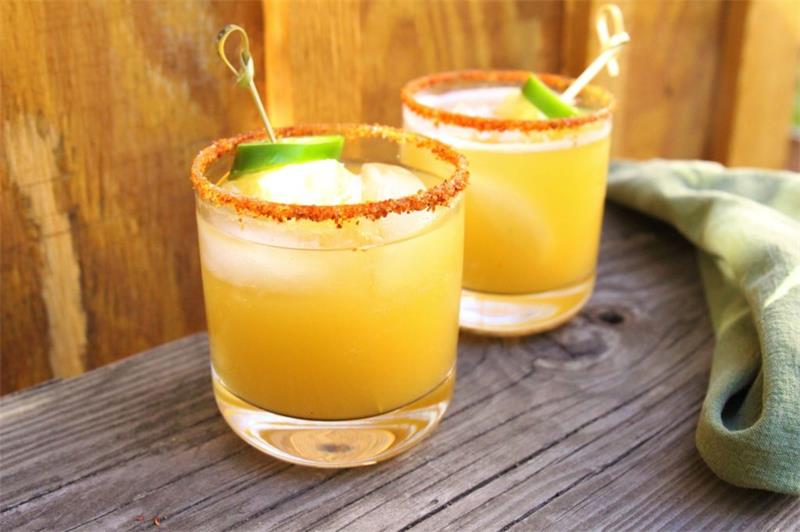Contents
Introduction
Vietnamese cuisine is a beautiful blend of flavors, textures and colors. It is a unique fusion of Chinese, French and Southeast Asian influences that has become increasingly popular worldwide.
Vietnamese food is known for its fresh ingredients, bold flavors and healthy cuisine. Vietnamese food has been popularized by Vietnamese diaspora communities in the world.
Many cities around the world have a “Little Saigon” or “Pho District”. The popularity of Vietnamese cuisine can be attributed to its delicious taste, affordability and healthiness.
Brief Overview of Vietnamese Cuisine and Its Popularity Worldwide
The hallmark of Vietnamese cuisine is the use of fresh herbs, vegetables, meats, seafood and other ingredients to create healthy and flavorful dishes. There are many regional specialties in Vietnam, each with its own unique flavor profile. From north to south Vietnam there are many dishes worth trying like Bun Cha from Hanoi or Banh Xeo from Ho Chi Minh City.
Vietnamese cuisine has gained worldwide popularity in recent years due to its health benefits and unique flavors. The beauty of this cuisine lies in its ability to balance sweet, sour, salty and spicy flavors while maintaining freshness.
Vietnam’s street food culture has also contributed greatly to the popularity of Vietnamese cuisine worldwide. Street foods like Pho Bo (beef noodle soup) or Banh Mi (bread sandwich) have become staples around the world as they offer an affordable yet delicious option for people on-the-go.
Importance of Pho in Vietnamese Culture and Cuisine
Pho Bo (beef noodle soup) is one of the most iconic dishes in Vietnam. It originated from Hanoi but it has since spread throughout Vietnam as well as internationally.
Pho restaurants can be found everywhere from street corners to high-end establishments. Pho is also deeply ingrained in Vietnamese culture as it represents family values by bringing people together around a shared bowl of soup.
The dish is typically eaten for breakfast but it can be enjoyed at any time of the day. The key to good Pho is the broth.
The broth is made by boiling beef bones for many hours with spices such as star anise, cinnamon, cloves and ginger. This slow process allows the flavors to develop and gives the soup its iconic depth of flavor.
Vietnamese cuisine has become increasingly popular worldwide due to its delicious taste, affordability and healthiness. Pho Bo is an iconic dish in Vietnamese culture that represents family values while bringing people together around a shared bowl of soup.
Pho: The Iconic Vietnamese Dish
History and Origin of Pho
Pho is undoubtedly the most iconic dish in Vietnamese cuisine. It originated in the northern region of Vietnam during the mid-1880s when French colonialism was at its peak. It is believed that French cuisine heavily influenced Pho’s creation, as its broth and meat ingredients are similar to a classic French beef stew.
However, it gradually evolved to incorporate more traditional Vietnamese flavors such as fresh herbs and spices. Initially, Pho was a simple breakfast meal that was sold on street corners by vendors carrying large mobile cooking stoves on their shoulders.
Over time, this humble dish grew in popularity and became more sophisticated. Nowadays, tourists flock to Vietnam just for a taste of this savory delight.
Different Types of Pho
Beef is the most popular type of meat used in making Pho. There are three main types of beef Pho which include rare beef (phở tái), cooked beef (phở chín), or both (phở tái chín). Additionally, there are chicken-based variations like phở gà or vegetarian options like phở chay which use tofu instead of meat.
Each type has its unique flavor profile based on the different cuts and preparation methods used for the meats. Beef-based soups usually have a deep umami flavor resulting from slow-cooking bones with spices over several hours.
Ingredients Used in Pho
The key ingredient in any classic bowl of Pho is rice noodles which provide a delicate foundation for all other ingredients. The broth itself requires skillful preparation as it involves simmering high-quality beef or chicken bones for 10-12 hours with herbs like star anise, cinnamon sticks, cloves, cardamom pods, ginger root among others.
In addition to the broth and noodles, Pho also includes meat like thinly sliced rare beef or boiled chicken, fresh herbs like Thai basil and cilantro, bean sprouts, lime wedges, and thinly sliced onions. Sriracha hot sauce and hoisin sauce are served on the side for dipping.
How to Eat Pho Like a Local
To eat Pho like a local, it is essential to know how to use chopsticks properly. When eating Pho, the best way to experience all flavors is by mixing all ingredients together bit by bit.
You can add bean sprouts and herbs into your soup bowl before taking a spoonful of broth with noodles in it. Then dip meat slices into the sauce made from sriracha hot sauce and hoisin sauce before adding them into the bowl.
Using chopsticks can be tricky at first, especially when picking up slippery rice noodles or delicate pieces of meat. However, once you master your chopstick skills and learn how to slurp up warm soup without spilling it everywhere, you’ll feel right at home in Vietnam’s bustling Pho shops.
Beyond Pho: Other Must-Try Vietnamese Dishes
Banh Mi: Vietnam’s Famous Sandwich
Banh Mi is a Vietnamese sandwich that has become internationally famous for its unique combination of flavors and textures. The history of Banh Mi can be traced back to the French colonial era in Vietnam, when French baguettes were introduced to the country.
Over time, Vietnamese street vendors began to fill these baguettes with their own flavorful ingredients, creating what we now know as Banh Mi. There are several different types of Banh Mi available in Vietnam, but the most popular ones usually include meat such as pork belly or grilled chicken, along with pickled vegetables and fresh herbs like cilantro and mint.
Vegetarian options are also available, typically filled with tofu or seitan instead. The bread used for Banh Mi is crispy on the outside and soft on the inside, providing a perfect contrast to the savory and spicy filling.
Bun Cha: Grilled Pork Noodle Bowl
Bun Cha is a classic Vietnamese dish that originated in Hanoi. It consists of grilled pork patties served over a bed of rice noodles and fresh herbs such as mint and coriander. A small bowl of dipping sauce made from fish sauce, vinegar, sugar, garlic and chili is usually served alongside.
The origin of Bun Cha can be traced back to the 18th century when it was first popularized by street vendors in Hanoi. Today you can find it all over Vietnam as well as in many Vietnamese restaurants around the world.
The key to making delicious Bun Cha lies in achieving perfectly cooked pork patties that are tender and juicy on the inside while being nicely caramelized on the outside. The grilled meat combines with fresh herbs, pickled vegetables and rice noodles creating an explosion of flavors that will leave your taste buds wanting more.
Goi Cuon: Fresh Spring Rolls
Goi Cuon, also known as Vietnamese spring rolls, are a light and refreshing appetizer that can be found in almost every Vietnamese restaurant or street corner. They are made by wrapping fresh vegetables like lettuce, mint, and cilantro along with shrimp, pork or chicken in rice paper wrappers.
The history of Goi Cuon dates back to the imperial era of Vietnam when the dish was served to the royal family. Nowadays it is often served as an appetizer or snack during hot summer days.
Goi Cuon is not only delicious but also healthy as it’s filled with fresh ingredients and often served with a light dipping sauce made from peanut butter, hoisin sauce, and soy sauce. The rice paper wrapper provides a nice texture contrast to the filling and makes it easy to eat on-the-go.
Regional Variations in Vietnamese Cuisine
North Vietnam
Northern Vietnamese cuisine is known for its delicate, subtle flavors and French influences. Along with pho, some other dishes that are popular in the north include Bun cha (grilled pork noodles), Cha ca (grilled fish with rice vermicelli), and Banh cuon (steamed rice rolls filled with pork and mushrooms). The prominent use of fresh herbs is also characteristic of northern Vietnamese cuisine.
Central Vietnam
The food of central Vietnam is influenced by the former imperial city of Hue and has a reputation for being spicy, flavorful, and visually appealing. Some popular dishes from this region include Bun bo Hue (spicy beef noodle soup), Banh xeo (Vietnamese savory pancake filled with shrimp, pork, and bean sprouts), and Nem lui (grilled minced pork skewers).
South Vietnam
Southern Vietnamese cuisine is heavily influenced by Cambodia and Thailand. It’s known for being sweeter than northern or central Vietnamese food due to its use of coconut milk and sugar. Some popular dishes from this region include Com tam (broken rice served with grilled meats or fish), Hu tieu (a clear seafood or pork broth noodle soup), Banh khot (miniature crispy pancakes topped with shrimp and mung beans), and Goi cuon (fresh spring rolls).
Conclusion
Vietnamese cuisine offers a unique blend of flavors that appeals to travelers from all over the world. While pho may be the most well-known dish from Vietnam, there are countless other delicious meals to try while exploring this beautiful country. From the spicy flavors of central Vietnam to the sweet tastes of southern cooking, every region has something special to offer.
But beyond just its culinary delights, Vietnamese cuisine also tells a story about the country’s history and culture. Whether it’s the use of fresh herbs, French influences in the north, or Cambodian and Thai flavors in the south, each dish offers a window into Vietnam’s rich cultural heritage.
So don’t be afraid to step outside your comfort zone and try something new while traveling in Vietnam. You might just discover your new favorite dish!

